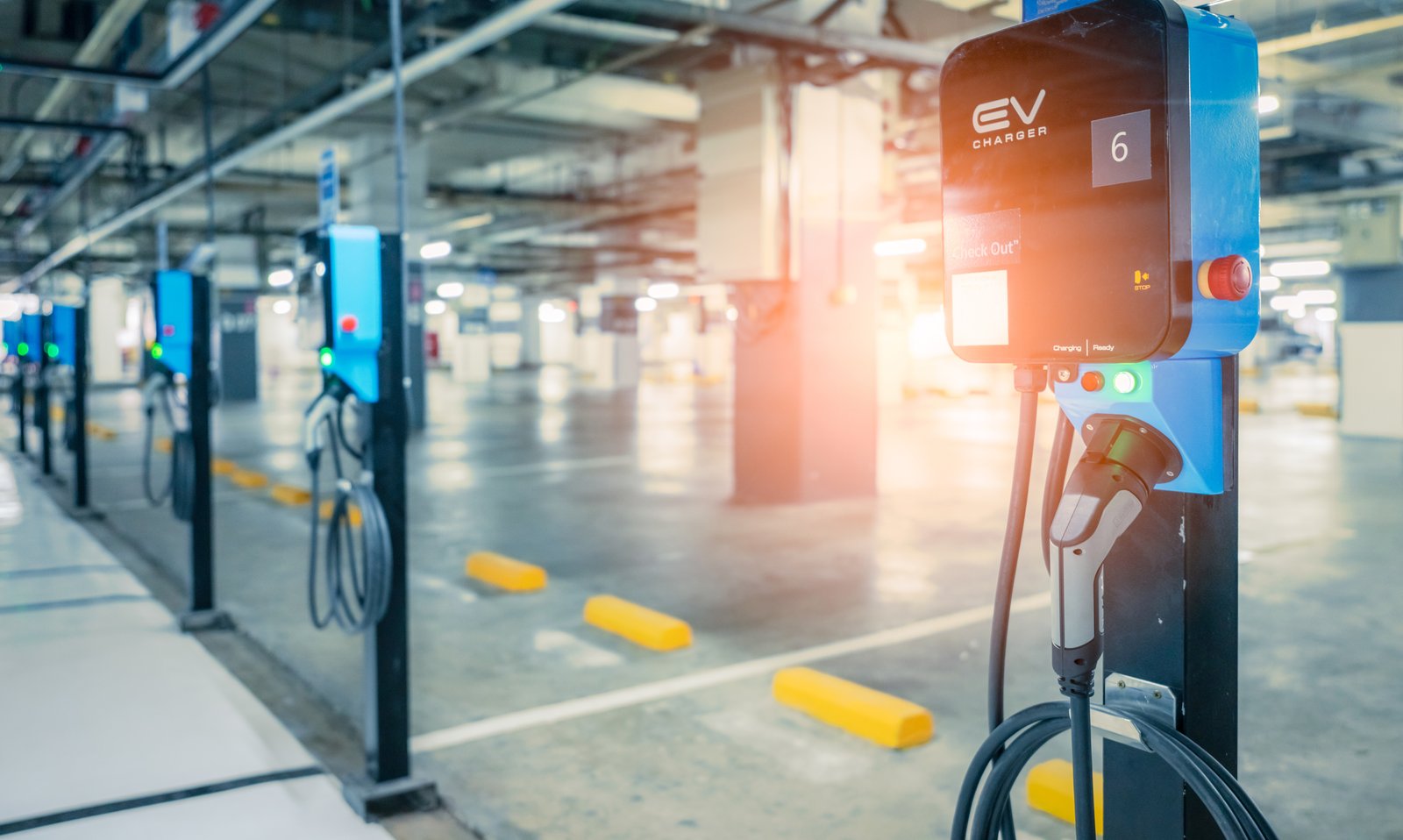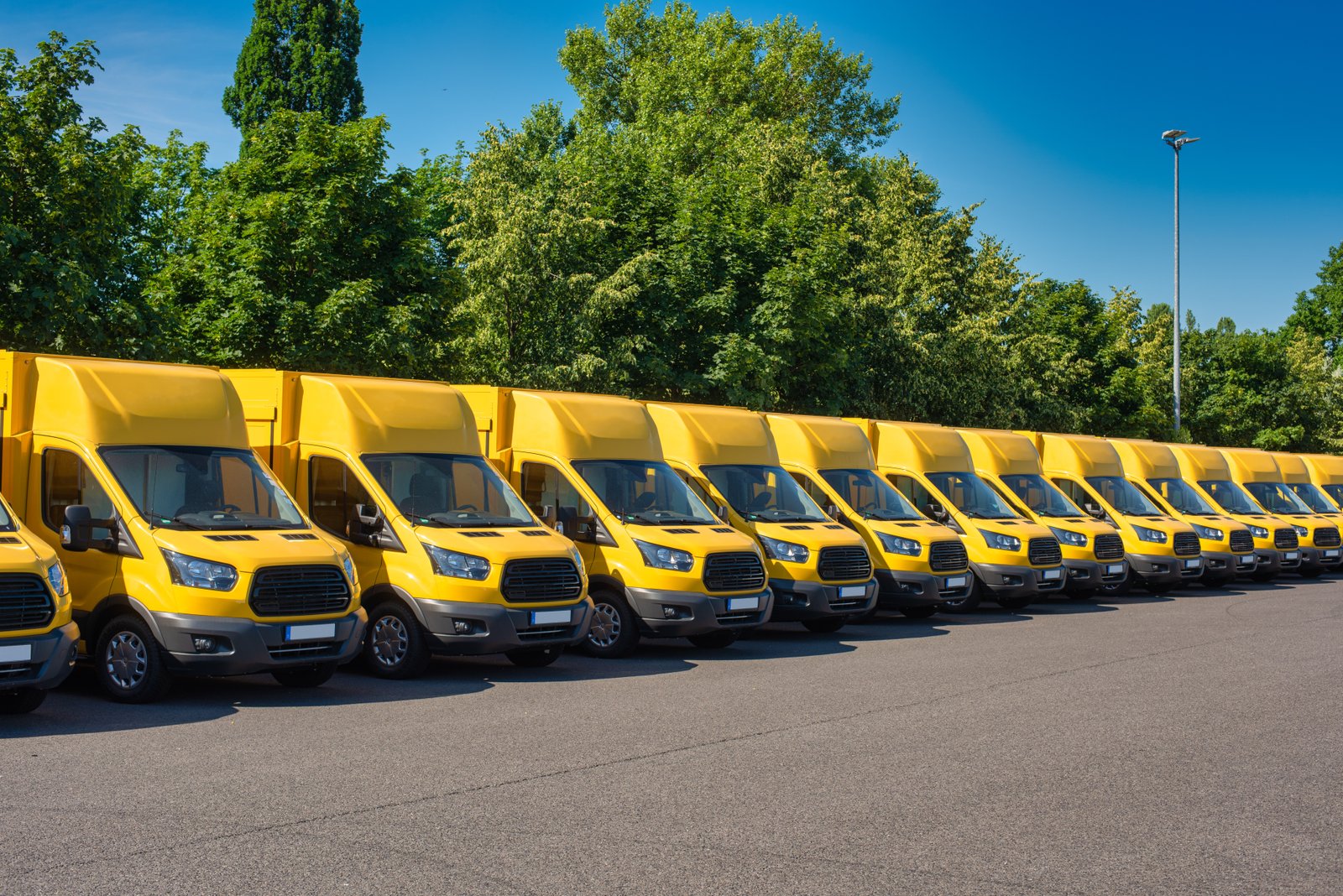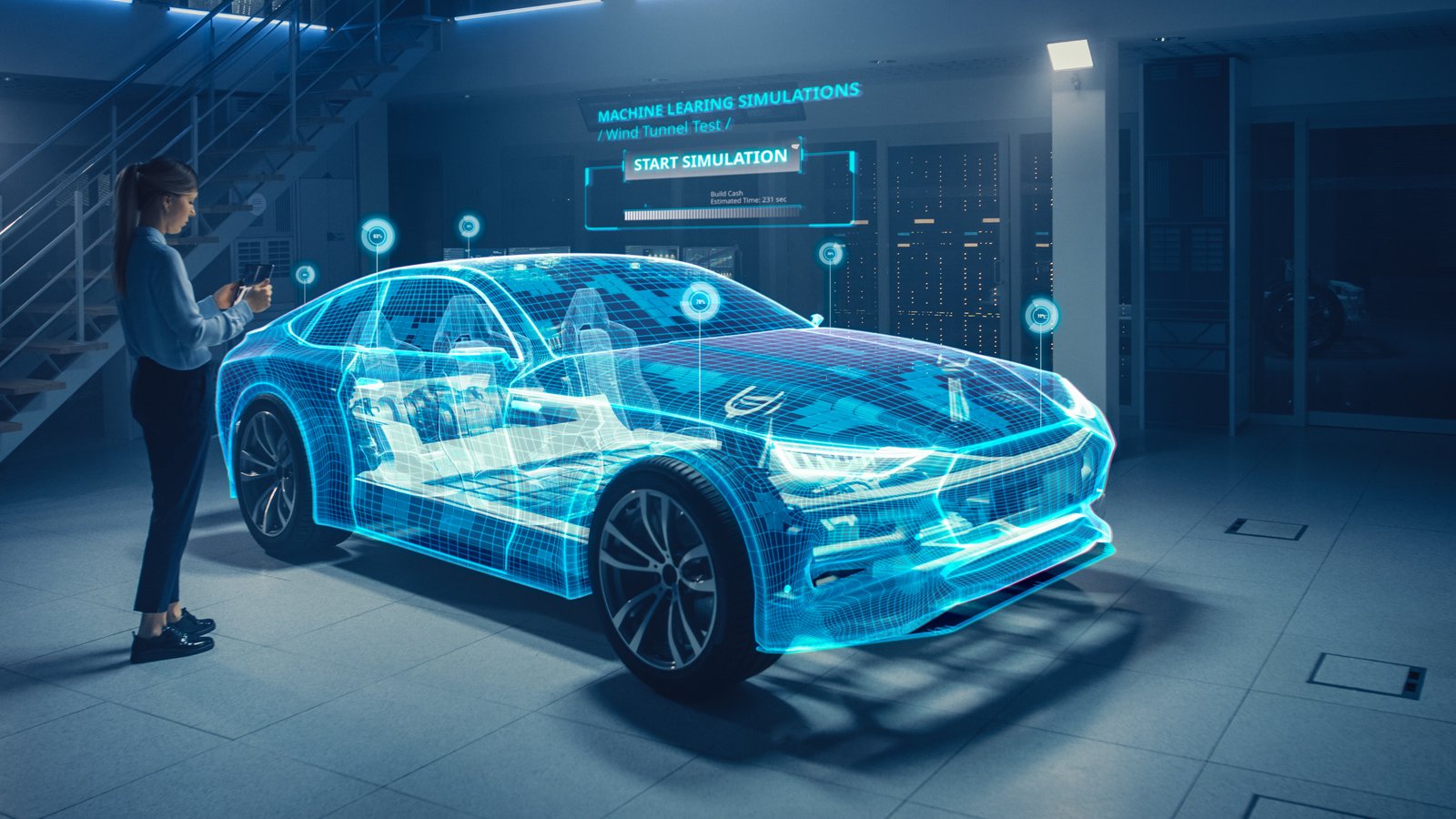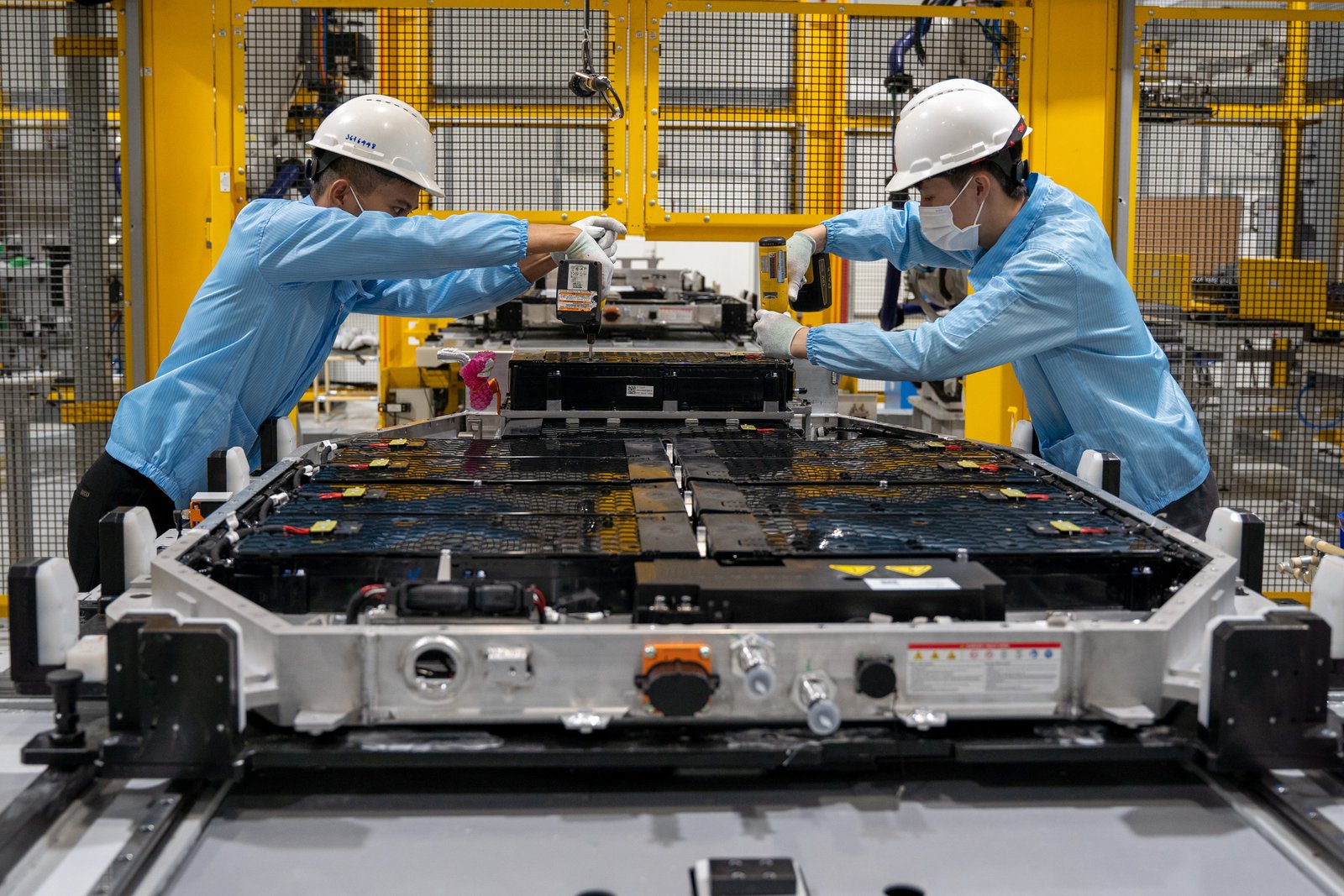The wheels of change are turning in the automotive sector, and the gears of electrification are propelling the industry into a new era. The spotlight often shines brightly on electric cars, and rightfully so, with over 5.8 million units sold in the first half of 2023 across key global markets such as China, Europe, and the US. However, the scope of electric vehicles (EVs) extends far beyond the traditional four-wheelers, encompassing a diverse array of vehicle sectors that promise substantial opportunities. Projections indicate that the global market for electric vehicles in land, sea, and air transport, excluding conventional automotive, is set to soar, reaching a staggering worth of over US$1 trillion by 2044.
Commercial vehicles, including vans, trucks, and buses, play a pivotal role in the global push for emission reduction. While these markets are still in the early phases of electrification, significant strides are being made. Electric buses, which first gained traction in China, are poised for global growth, driven by replacements in China and an expanding presence in Europe. Light commercial vehicle (LCV) fleets are proving to be effective showcases for green credentials and total cost of ownership (TCO) reductions. Notable industry players like Amazon and UPS arealready making substantial strides in adopting electric LCVs. As for battery electric trucks, major manufacturers such as Tesla, Daimler, VW, and Volvo are committing substantial investments to fuel the future of freight transport. Despite challenges related to hydrogen efficiency and cost, fuel cell electric trucks remain on the horizon, especially for long-haul applications.
Commercial vehicles, including vans, trucks, and buses, play a pivotal role in the global push for emission reduction. While these markets are still in the early phases of electrification, significant strides are being made. Electric buses, which first gained traction in China, are poised for global growth, driven by replacements in China and an expanding presence in Europe. Light commercial vehicle (LCV) fleets are proving to be effective showcases for green credentials and total cost of ownership (TCO) reductions. Notable industry players like Amazon and UPS arealready making substantial strides in adopting electric LCVs. As for battery electric trucks, major manufacturers such as Tesla, Daimler, VW, and Volvo are committing substantial investments to fuel the future of freight transport. Despite challenges related to hydrogen efficiency and cost, fuel cell electric trucks remain on the horizon, especially for long-haul applications.


In regions like China and India, where two- and three-wheelers dominate personal mobility, the electrification of microEVs has been gaining traction. Historically powered by lead-acid batteries, these compact vehicles are now transitioning toward electric power. Furthermore, electric microcars are carving a niche for themselves, particularly in bustling urban environments. With a lower range requirement and enhanced maneuverability, they present an attractive solution for short-distance urban travel. While the microEV segment currently dominates in terms of unit volumes, projections suggest that the burgeoning electric car market, with its larger battery demands, is poised to overshadow microEVs in the long run.


The electric boating market has witnessed a significant uptick, particularly in low-power outboard categories, driven by a surge in leisure boating activities. Despite being approximately twice as expensive as their petrol counterparts, electric outboards present a compelling business case, showcasing advantages such as quiet operation and environmental friendliness. Challenges persist in higher power outboard or inboard categories, where high battery prices remain a barrier. Nevertheless, the industry is witnessing an upward trajectory, especially in larger commercial electric and hybrid vessels. Downsizing oversized engines and a significant reduction in maritime battery prices since 2016 have fueled this exponential growth. The report not only highlights the current landscape but also provides forecasts for electric leisure boats, short-sea commercial vessels, and deep-sea commercial vessels.
Looking ahead, the ongoing electrification and modernization of construction vehicles pave the way for task automation. Machines could potentially be programmed with specific parameters for activities such as digging holes or lifting materials, allowing operators to oversee tasks remotely while the machines execute them seamlessly and safely. The prospect of managing construction sites from the comfort of an office, with automated equipment handling physical labor in adverse weather conditions, becomes a realistic scenario.
Moreover, the shift towards fully electric linear actuators instead of hydraulic systems for large machine tools holds promise. This transition not only enhances the robustness of machines but also ensures a cleaner operation, eliminating concerns about leakage and the need for constant maintenance.


The commitment to combating climate change is now extending to the construction industry, prompting countries and companies to set ambitious targets for the electrification of construction equipment. The market for electric construction vehicles is projected to reach approximately US$154 billion by 2044. While the early development phase involved retrofitting, the sustainable strategy for the long term lies in designing large electric vehicles (EVs) from scratch. Original Equipment Manufacturers (OEMs) are recognizing the need to manufacture at scale to realize the benefits of economy of scale savings. The report delves into the details, forecasting that electric construction vehicles will be characterized by a low volume of high individual value vehicles, with the largest market sectors in twenty years being Mini-Excavators, Excavators, and Loaders. The initial focus on smaller compact machines, such as mini-excavators and compact loaders, is driven by their comparatively short operating hours and low energy consumption.
The timeline for electric Vertical Take-off & Landing (eVTOL) vehicles to become a commercial reality is intricately tied to the final certification processes in each geographical market. While developmental projects are underway, these timelines should be approached with a degree of skepticism, considering the complexities of the certification standards, which are yet to be fully established. Companies engaged in eVTOL projects face technological and funding challenges that must be addressed before a production-ready eVTOL can be launched. Despite these hurdles, the electric air taxi sector holds immense promise for transforming urban mobility, provided key issues are effectively addressed. The report sheds light on the intricacies of this dynamic sector, offering insights into the technological advancements and challenges facing companies in the pursuit of electric air taxis.


